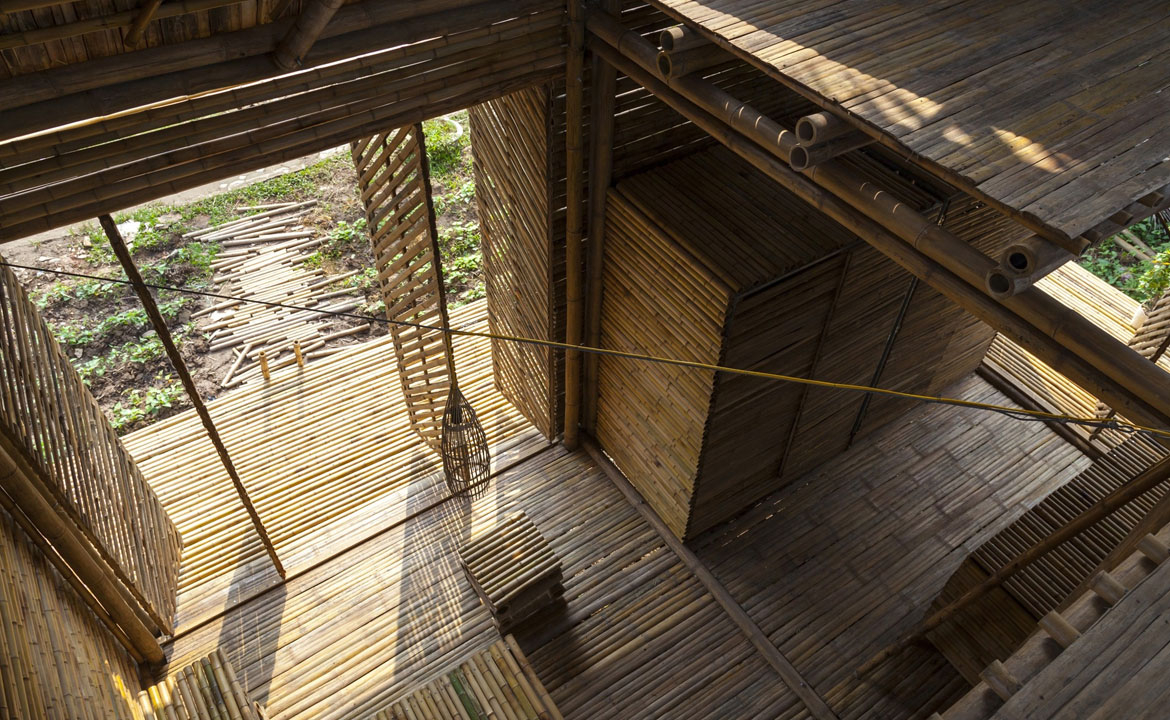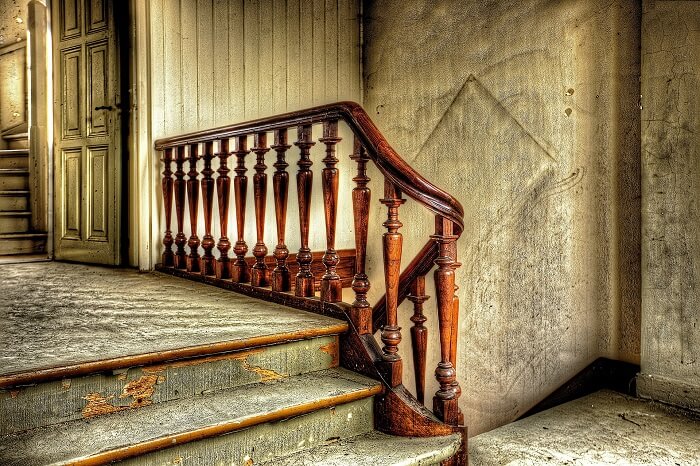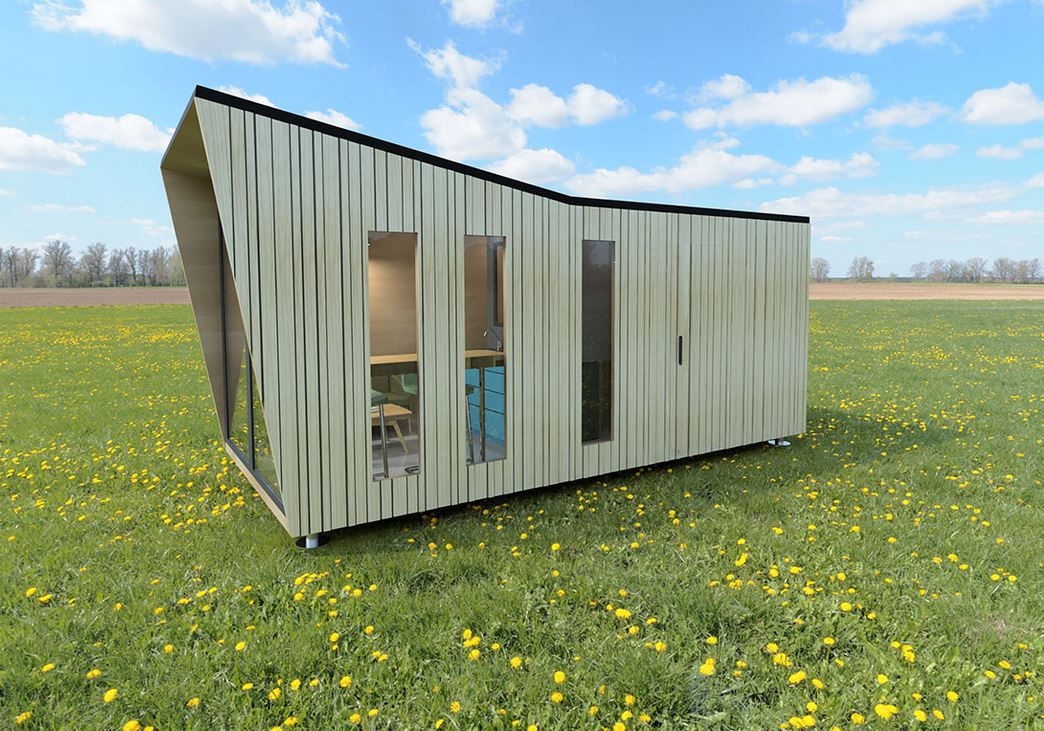The building knowledge is developed by trial and error and handed down the generations through local traditions. Therefore, it has been contemptuously dismissed as being crude and coarse. But, a new school of architects have developed on it in the last few decades to come up with fascinating, and sometimes awe-evoking, alternate dwellings that are in harmony with the natural landscape and the human spirit. Estimates suggest that at least 90 per cent of buildings are designed with no help of any professional architects and designers. Local designs evolve in compliance with the economic feasibility, topography and climate. Indigenous materials are employed to create distinctive residences that merge with the surrounding landscape. Even the interior spaces are decorated in a fashion that evokes Nature. With swelling populations, unstable ecology and economic worries hitting hard, numerous architects around the world are increasingly looking towards sustainable solutions. They attempt to blend modern architectural theories to vernacular building cultures and often come up with strikingly surprising innovations. The resultant is humane and ecologically sound buildings. With growing interest in earth-friendly building construction techniques, architects are relearning various practical aspects of infusing modern technologies with bygone traditions and cultures. They are actively building upon the knowledge of our grandparents to build homes that would secure our children’s futures. The vernacular is the source of many interesting innovations in building. From mud huts to European styled colonial mansions, from bamboo sheds to massive high-rises, modern architects are constructing shelters, where indoor and outdoor living seamlessly combines to awaken the senses and bring the dwellers closer to their natural world. Vernacular architecture widely varies from the spectacular Mayan Tikal and Machu Picchu temples to humble dwellings like the African tree-houses and the Native American log cabin. The igloos of the Inuit (Greenland), rondavels of South Africa, tin-and-thatch houses of Togo, yurts of Mongolia, and the Bedouin tents are other classic examples of vernacular dwellings. Interestingly, public utility buildings like granaries, fortifications and religious institutions are more frequent vernacular structures than residential homes. Folk buildings are built according to the local demand-supply forces. If they are nomadic settlements, light-weight building materials like bamboo, palm fronds and leaves are used for easy relocation. More permanent dwellings would be made up of clay, thatch and cow dung, which are relatively sturdy and durable. Sometimes, climate could be the design factor. Houses in river basins, like the Amazon basin in South America or the rainforests in Africa, are built upon tree-tops or on raised platforms supported by bamboo beneath. In windy regions, the roofs are sloped in the ideal direction. Rainy areas have conical or sloping roofs while dry areas have perforations in their walls. Similarly, cold regions have less or no windows; while warm territories would have houses that are relatively open that facilitates ventilation. The ‘scoops’ atop houses in Pakistan’s Sind district are innovatively placed to channel wind from the roof into each building, thereby keeping summer temperatures to tolerable limits. Vernacular architecture taps the design capacity of ordinary people to build buildings that are not only low-cost but also familiar to the native inhabitants. This is especially important in the Third World where people lack capital. Thus, their housing crisis could be resolved through their participation in the designing of their own community. Additionally, vernacular architecture proves immensely helpful at times of disaster. When the displaced people are given back homes akin to their vernacular traditions, they recover better from the traumatic experiences. Numerous modern architects have intensively studied vernacular architecture and claim to have drawn a good deal of inspiration from it. They have found innovative ways of incorporating them into human dwellings that are “environmentally clean” and “spiritually healthy.” The New Gourna township near Luxor, designed by Egyptian architect Hassan Fathy in 1946, is the first recorded attempt are planning an entire town for the natives, in accordance with their local vernacular style. Today, there’s a renewed response to information and ecology. Architects are seeking new equations between buildings and the natural habitat. Renowned architect, Eugene Tsui looks up to Nature as the basis of his designs. He has a compelling conviction that the strongest and most efficient structural forms known to mankind lie in Nature’s plan. He offers astonishingly original alternatives to the regular industrial (steel and concrete) construction that dominate today’s architectural landscape. He examines nature’s forms, structures and, materials in the scientific and architectural light, and presents an exciting glimpse of the world through his eyes. He brings alive the fascinating world of bird’s nests, termite towers, fish bubble homes, and snail shells which offer a hidden world of endless design possibilities and problem-solving ideas for our buildings. Tsui’s evolutionary architecture is vividly manifested in his architectural projects that may range from a residential remodel that features a dragonfly wings’ roof ventilation to a three-kilometer long city resembling a termite’s nest with crisscrossing steel cables that look like a spider web. Vernacular architecture stems from the belief that architecture is a balanced combination of logical knowledge, divine inspiration and common sense. It should also be kept in mind that vernacular architecture can be overtly romanticized with a tendency to ignore the multiple inconveniences and discomforts.,





